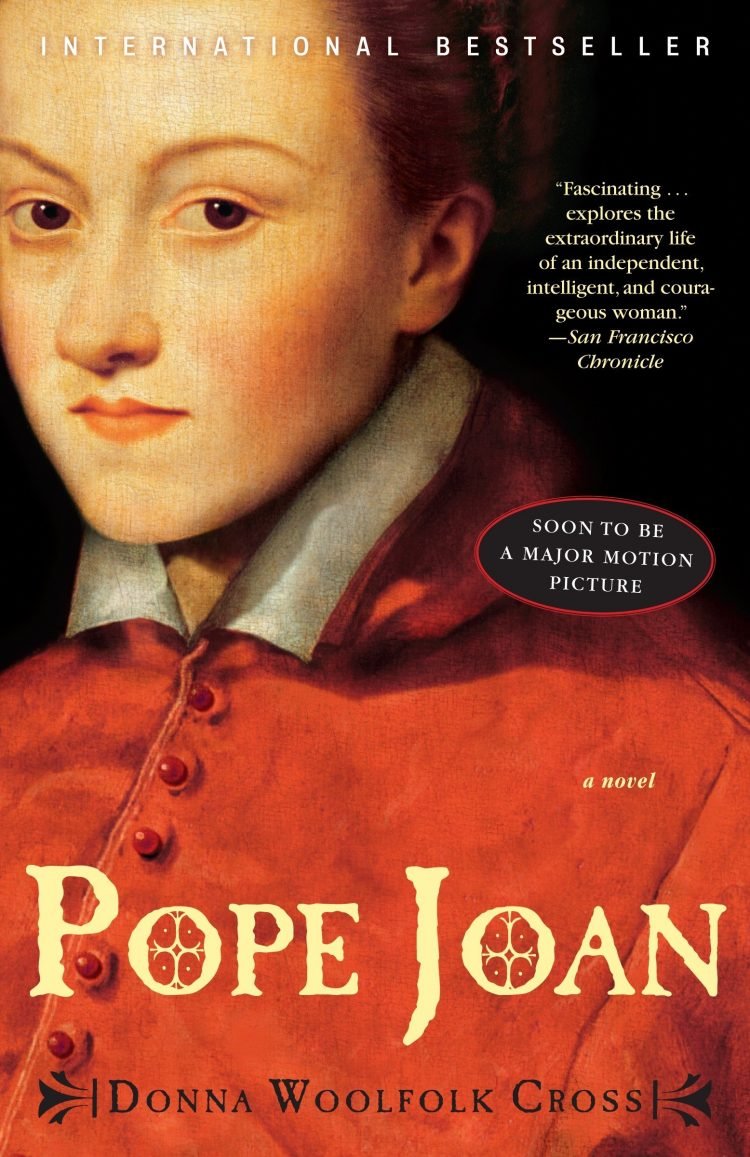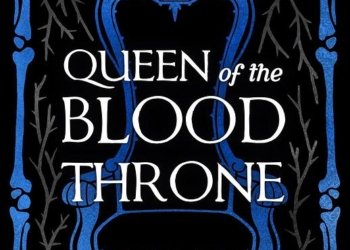No products in the cart.
Pope Joan by Donna Woolfolk Cross
In Donna Woolfolk Cross’ novel Pope Joan, the ninth century is the setting. Because of her gender, young Joan’s quest for knowledge is quenched. Joan takes on her brother’s identity after he passes away and departs for a Benedictine monastery. Joan finds herself travelling to Rome as she distinguishes herself and advances in the Catholic hierarchy. Joan discovers herself engaged in a risky and precarious political game as her star increases.
The narrative follows an enigmatic woman who advances in the religious hierarchy while being astonishingly intelligent and ahead of her time. Whether or whether it was a historical story, it should have been a revelation as a window into 9th-century society. What the reader is actually confronted with is a fantastical representation of a lady who is out of place and prone to rants about the role of gender in the Middle Ages. In her notes at the conclusion of the novel, the author acknowledges that she is not certain whether Joan ever lived.
Her imagined portrayal of what would have happened if a woman had held the position of Pope for two years falls a little flat. In some ways, Joan is portrayed as a superwoman. For a character who comes from such an unpleasant family, she is probably unrealistically precocious and demanding (even for the day when children grew up much faster). Pope Joan is incredibly brilliant, extremely competent, and not particularly pious for a lady destined to be Pope, full of fabricated turns of fate.
Although I am not a specialist on the Middle Ages, I thought that some of what Joan accomplished was more fantasy fiction than historical fiction and reminded me of the penny novels that helped to popularise the characters of the Wild West. The individual could ride a horse while standing on their head, walk on water, and catch a gunshot in his teeth. Gerald, Joan’s lover, isn’t given a lot of context.
He gives an unwarranted air of romance to the story about a woman with religious ambitions even though he is strong, violent, and carries a sword. Gerald seems to have stepped out of a cheesy romance book. The story of Joan and Gerald has an overly dramatic and fanciful soap opera air that might work in various genres but not in historical fiction.
This reader had to read quite a few pages before becoming interested in the plot. Little Joan was raised in a dreadful home by an aggressive and devout father. Joan’s mother tried to show her daughter love, but she was a stunning battle prize that her husband seemed to despise. He sees his wife as a witch who deserves little pity. A more sympathetic figure is Joan’s older brother, who despite his father’s strict instructions is prepared to assist his sister in learning to read. What good is a girl who can read?
When destiny delivers someone to their door who has the potential to change Joan’s life, her father gets in the way, forcing Joan to flee and begin her life elsewhere. In this deadly period of epidemics, people enter Joan’s life easily when she needs them but depart just as quickly. Cross excels in capturing the savagery and futility of the time.
The author’s representation of the time is what gives her work its brilliant moments. Even without being a woman, the ninth century was not a joyous time. Despite the reasons to roll your eyes, Pope Joan is actually fascinated by an unusual and uncommon subject. Overall, Pope Joan was an interesting read as a look into the ninth century. If you’re interested in women in historical fiction, be sure to check the novel out.
About The Book
In this international bestseller and basis for the 2009 movie of the same name, Donna Woolfolk Cross brings the Dark Ages to life in all their brutal splendor and shares the dramatic story of a woman whose strength of vision led her to defy the social restrictions of her day.
For a thousand years her existence has been denied. She is the legend that will not die—Pope Joan, the ninth-century woman who disguised herself as a man and rose to become the only female ever to sit on the throne of St. Peter. Now in this riveting novel, Cross paints a sweeping portrait of an unforgettable heroine who struggles against restrictions her soul cannot accept.
Brilliant and talented, young Joan rebels against medieval social strictures forbidding women to learn. When her brother is brutally killed during a Viking attack, Joan takes up his cloak—and his identity—and enters the monastery of Fulda. As Brother John Anglicus, Joan distinguishes herself as a great scholar and healer.
Eventually, she is drawn to Rome, where she becomes enmeshed in a dangerous web of love, passion, and politics. Triumphing over appalling odds, she finally attains the highest office in Christendom—wielding a power greater than any woman before or since. But such power always comes at a price . . .
The Review
Pope Joan
10 Score
One of the greatest controversies in the history of the Catholic Church surrounds the papacy of a ninth-century woman known to us as Pope Joan (Ioannes Anglicus). According to innumerable sources in Church records for centuries after her death in 855, her short reign (853-55) was an historical fact. In later times, however, the Church systematically suppressed any references to her. Official Vatican records now show the two years of her reign divided between the popes who immediately preceded and followed her. A female Pope simply doesn’t fit in a religion where men reign supreme.
PROS
- Empowering Women.
- Riveting, Epic Page-Turner.
- Very Thought Provoking.
- Exciting, Twisting Plotlines.
CONS
- Rather Adolescent.
- Cheap Writing.
- Completely Predictable.
- Medieval Illusion.











